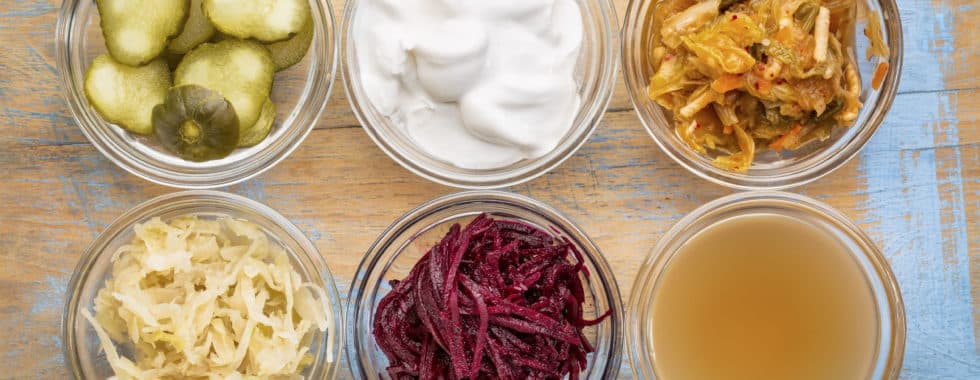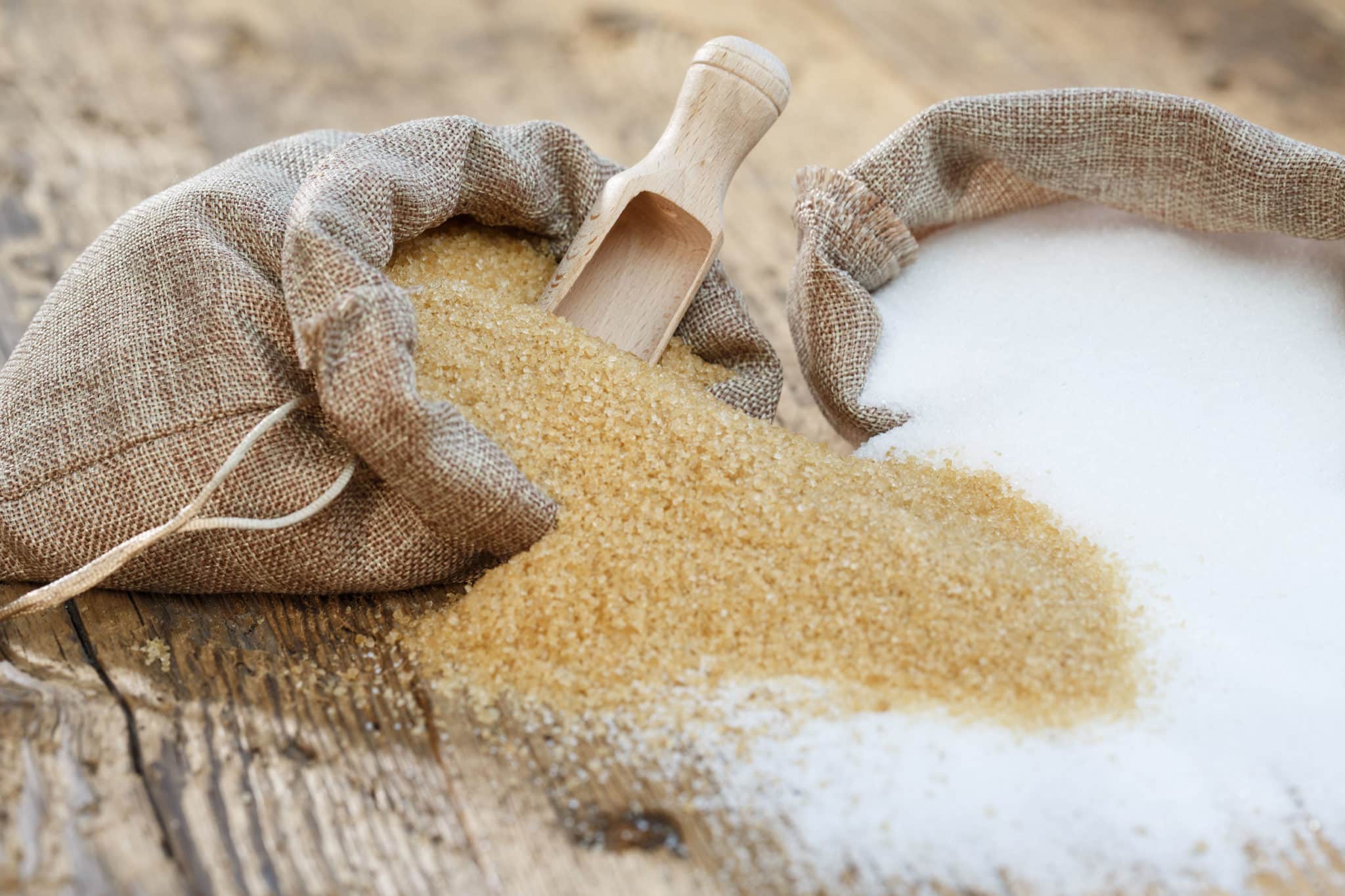8 Trends for Innovative Brands in the 2020s
We had an amazing time at the Natural Products Expo East! Between getting to connect with our East Coast customers and showcasing our capabilities to new innovative leaders, we can proudly say we had another successful year at the show.
In addition, we also had a chance to expand our knowledge of the ever-changing vitamin and supplement market for contract manufacturers. From our findings, these are the growing trends we believe will drive innovation in the 2020s.
 1. Waste Reduction
1. Waste Reduction
Lean manufacturing is the practice of using less material and energy to minimize waste generation and preserve natural resources. In this case, waste is any process that costs money without adding value to your business’s processes. There are key wastes:
- Recycling: Not recycling excess packaging materials and parts hinders the ability to reuse these products and increases your company’s overall impact on the environment.
- Overproduction: Producing more than the demand or capacity is inconsiderate of the consumer and the environment. Adopting the Just-in-Time (JIT) manufacturing philosophy can resolve this.
- Rejects: Defective parts from poor quality and user error are costly and easily avoidable. Developing a quality assurance program, focusing on the prevention of defects rather than resolving them, and implementing a mistake-proofing system should reduce this.
- Processing: Some processes may be unnecessary for production, so you should only perform the necessary steps to meet standards and expectations.
- Inventory: All of the above can lead to excessive inventory. JIT techniques can help keep inventory as low as possible and allowing your manufacturer to manage inventory for common ingredients to utilize across multiple products rather than it all going to waste.
- Transportation: Transporting products opens many opportunities for error. A quick solution is to establish efficient routes or stage processes as close together.
2. Sourcing Responsibly
With increasing focus on preserving the environment, responsible sourcing has become a differentiator for brands. Sourcing responsibly is a business function where all participating parties are equally accountable for the ethicality and sustainability of their supplying, purchasing, manufacturing, and retailing of goods and services.
To ensure you company’s supply chains are ethically and environmentally safe, here are six steps you can take:
- Finding a supplier: It is good practice to see a supplier has human rights policies, environmental practices, safety standards, and positive working conditions.
- Establishing clear expectations: All businesses and potential partners must understand that they are expected to legally comply with all national regulations.
- Integrating responsible sourcing into purchasing: Avoid inefficient practices when purchasing such as ordering above capacity or last minute. This also ensures employees will not be working excessive overtime.
- Encourage supplier to set business standards: Inspire your supplier to establish its own responsible practices.
- Regular evaluation of supplier compliance: Have your supplier provide you with the full information in terms of their environmental and social practices through on-site visits or routine evaluations.
- Managing stakeholder expectations: Collect your supplier’s information and publish it in either an annual report, a page on your company website, or somewhere similar to build trust among your customers.
Along with these steps, there are various certifications associated with responsible sourcing such as:
- Non-GMO: verifies that products do not contain anything that has been genetically modified.
- USDA Organic: certifies that all ingredients used are organic, non-GMO, and contain no synthetic materials.
3. Regenerative Agriculture
Regenerative agriculture is described as farming and grazing practices that aim to reverse climate change by reducing soil destruction and restoring degraded soil biodiversity. Soil destruction includes decarbonization, erosion, desertification, and chemical pollution. At the current rate of destruction, soil scientists believe that, within 50 years, we will suffer serious damage to public health from a qualitatively degraded food supply, loss of trace minerals for maintaining good health, and widespread shortage of arable topsoil.
Regenerative agriculture goes beyond causing no harm to the land by improving it instead. Utilizing technologies to rebuild soil organic matter, some farming and ranching practices have seen success in regenerative agriculture, such as:
- Aquaculture
- Agroecology
- Agroforestry
- Biochar
- Compost
- Holistic Planned Grazing
- No-till
- Pasture Cropping
- Perennial Crops
- Silvopasture
On top of its ability to reverse climate change, other benefits of regenerative agriculture include improving yields, nurturing biodiversity, revitalizing local economies, and increasing overall nutrition.
4. Clean Label

Packaging is also a part of clean label, with some forms including:
- Glass bottles
- BPA free bottle
- No binders
- No excipients
5. Healthy Microbiome
Looking at our trends from this past year, we know there are trillions of bacteria that reside inside out gastrointestinal tract. This large community that outnumbers all other cells in the body put together is what makes up the gut microbiome. While we are still learning just how important they are, microbes play a major role in our bodies such as:
- Boosting metabolism
- Supporting digestion
- Strengthening the immune system
- Building strong bone health
- Maintaining healthy weight
- Improving brain health
Here are several ways you can boost your microbiome and increase good bacteria:
- Increase Fiber Intake with a Plant-Based Diet: By increasing your daily consumption of fiber, you can improve your health through a healthier gut and potentially reduce your risk of weight gain.
- Eat Plenty of Fermented Foods Every Day: Fermented foods (kimchi, sauerkraut, kombucha, and unsweetened yogurt) contain beneficial bacteria for fighting against bad gut bacteria.
- Add Prebiotics to Your Diet: Prebiotics, the powerhouse for digestive health, is the fuel source for the gut’s good bacteria as they are indigestible fibers found in artichokes, leeks, onions, and garlic.
- Select More Polyphenol-Rich Foods: Polyphenols are antioxidants that act as fuel for microbes. These micronutrients found in nuts, seeds, berries, and coffee decrease inflammation and increase growth of beneficial bacteria.
- Incorporate Collagen: Making up your hair, skin, and nails, collagen protects your body’s organs and kidneys, while adding extra support to your gut lining.
6. Craft & Artisanal
You always hear these two words being thrown around, but how is a product considered craft or artisan?
Generally, for it to be classified as such, a product must have:
- An obvious place of origin or production
- A unique recipe
- Distribution among more intimate locations
- Natural ingredients
- Production by independent companies
- Some form of human involvement in the production process
The growing demand of this trend has come from younger generations, especially millennials. Their affinity to this trend is found in the personalization and customization they are becoming to expect in products as well as a high level of corporate social responsibility.
According to Ingredients Network, more suppliers are investing in authentic, clean-label ingredients. Along with this, large food and beverage makers are buying craft producers or introducing their own premium brands to promote a down-to-earth image, while manufacturers are integrating artisanal and craft ingredients into their products for a more hand-crafted flavor and taste.
7. Allergens & Intolerance
With more than 170 foods reported to cause an allergic reaction, there are 8 major food allergens: milk, egg, peanut, tree nuts, wheat, soy, fish, and crustacean shellfish. These major food allergens are responsible for most of the serious food allergy reactions in the United States.
Researchers have estimated that about 32 million Americans have a food allergy, with 5.6 million of them being children under the age of 18. The rate of people with allergies is almost doubling every decade.
In addition, 1% of Americans have celiac disease, 6% have non-celiac gluten sensitivity, and 33% are looking to avoid gluten altogether. To accommodate this large sum, 26% of U.S. restaurant menus have at least one gluten-free option, which is a 182% increase in only four years, according to Datassential.
Not only are restaurants changing for this rise in allergens and intolerances, but manufacturers are realizing this opportunity to appeal to these consumers as they look to eliminate ingredients like gluten and GMOs.
8. Healing Diets
Some studies estimate that about 58% of our daily calories come from ultra-processed foods, which has led to the rise of healing diets. These diets focus on shifting towards healing foods, which provide many benefits such as:
- Decreasing inflammation
- Improving heart health
- Stabilizing blood sugar
- Preventing nutritional deficiencies
So, what are healing foods and how do you make the transition in your diet? Below are some ideas on how to begin:
- Substitute unhealthy fats: Many people drastically cut the amount of fat in their diet when losing weight, but fats are necessary for your brain to function properly. Healthy fats are essential for hormone production, cancer prevention, and brain development. Some sources of healthy fats include avocado, olive oil, walnuts, almonds, and fatty fish.
- Replace the meats in your diet: Grass-fed beef is significantly higher in Omega-3 fatty acids than other forms of beef. Likewise, wild-caught fish is lower in calories and higher in minerals than other forms of fish.
- Remove refined sugars and grains completely: Replacing refined grains such as white rice, pasta, and noodles with whole grain alternatives is an easy change to obtain extra vitamins and minerals.
- Keep a record of healing foods to incorporate: There are plenty of healing foods that you can add to your diet today such as ginger for reducing nausea, mushrooms for boosting overall health, kelp for increasing iodine levels, and beets for providing the body with energy.
*Disclaimer: These statements have not been evaluated by the Food and Drug Administration. These products and supplements are not intended to diagnose, treat, cure, or prevent any disease.


 1. Waste Reduction
1. Waste Reduction




